
Eel
Eel
Eel
Eels are often recognized as a luxurious food ingredient. However, many people may not know what kind of ecology they have. Indeed, eels are creatures surrounded by many mysteries! In this article, we will explain in detail the characteristics and ecology of eels. Let's explore together!
Eel Basic Infomation
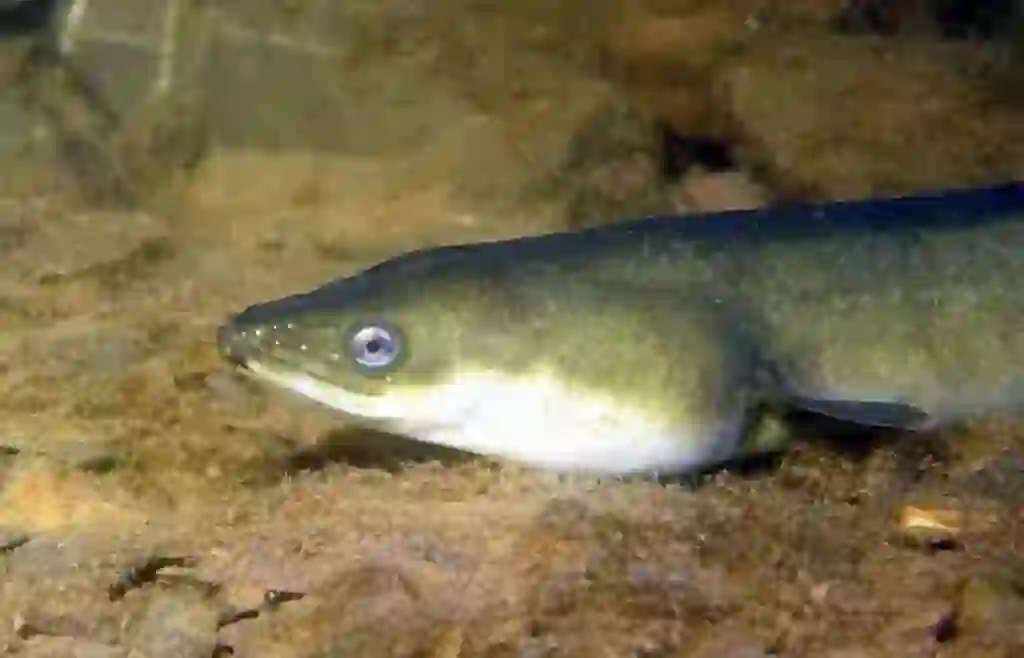
Family: Anguillidae, Genus: Anguilla
Adult size is typically 1 m, maximum size is 1.3 m, average weight 200-350g (some Japanese eels exceed 2kg)
In Japan, the term 'eel' generally refers to the Japanese eel.
Japanese eels are commonly found on the Pacific side of Honshu, the Seto Inland Sea, and the west coast of Kyushu.
It has been confirmed that they are almost non-existent in the Hokuriku and Tohoku regions on the Sea of Japan side.
They swim slowly, undulating their bodies like snakes, which is a characteristic feature.
Eels are freshwater fish but hatch in the sea before moving up to freshwater.
Eels have a slippery surface. Their scales are embedded within the dermis, and their bodies are covered with a mucous membrane.
Eel Q&A

What is the origin of the name 'Eel'?
The term 'Eel' was first documented in the 'Man'yōshū' from the Nara period under the name 'Munagi'. It later evolved into 'Unagi' during the Heian period, which has since stuck.
The name might stem from the yellow belly of the eel, hence 'Munagi' (chest yellow), or from its long body resembling a ridgepole ('Munagi').
Another theory suggests that 'Munagi' came from 'Munaga', an old term for 'body length'. The variety in theories reflects the diverse interpretations of the name.
The kanji for eel, '鰻', was chosen for its meanings related to elongation and extension, reflecting the eel's slender form.

Why do eels live there?
The Japanese eel lives in rivers and ponds, but it is born in the tropical seas. During its larval stage, it drifts with the ocean currents until it reaches the estuaries of Japan.
Estuaries are where seawater and river water mix, from where eels ascend the rivers and grow in freshwater environments, only to return to the tropical seas to spawn.
The movement between rivers and the sea is thought to have evolved as a survival strategy in response to the scarcity of food in their marine birthplaces.
The tropical seas near Guam, laden with eels, spread their young far and wide through the North Equatorial Current and the Kuroshio Current, which brings them to Japanese waters.
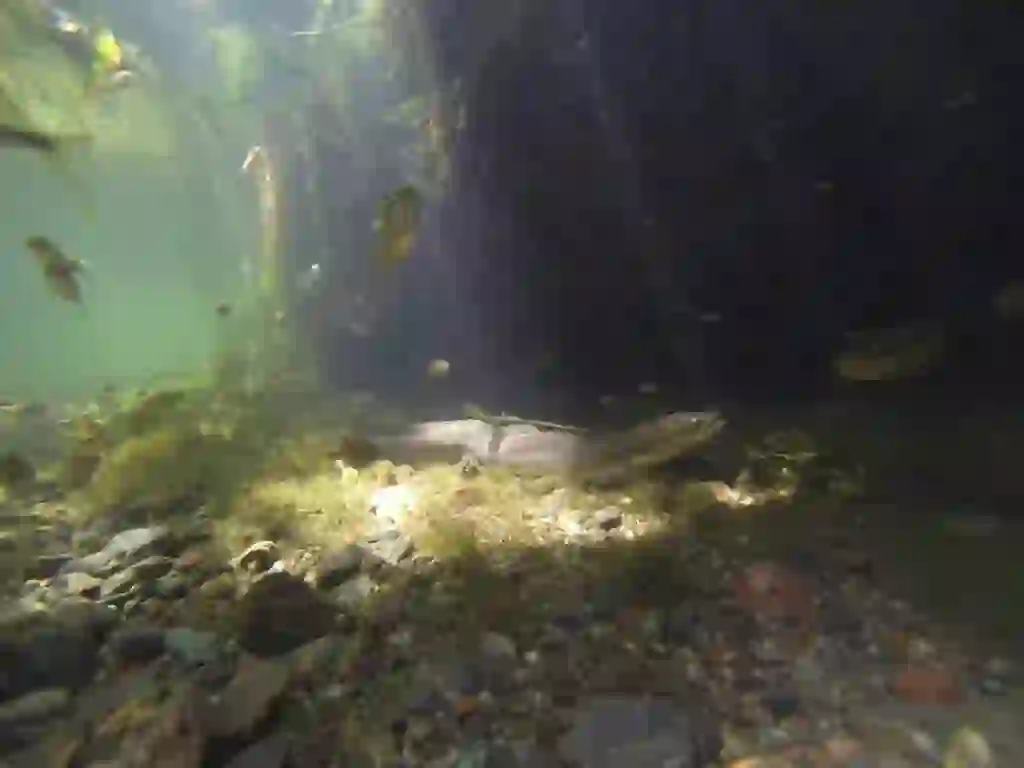
What do eels eat?
Eels are carnivorous, consuming a diet of shrimp, crabs, mollusks, insects, and carrion of larger animals as they grow.
Their diverse diet is a characteristic of being a predatory fish.

What are baby eels called, and are they cool?
Baby eels are known as 'Leptocephalus', meaning 'small head', and are called 'leaf-shaped larvae' because of their transparent, willow leaf-like bodies.
Japanese eel leptocephali are about 10-16mm long, a stark contrast to the adult form, giving them a remarkably cool name.
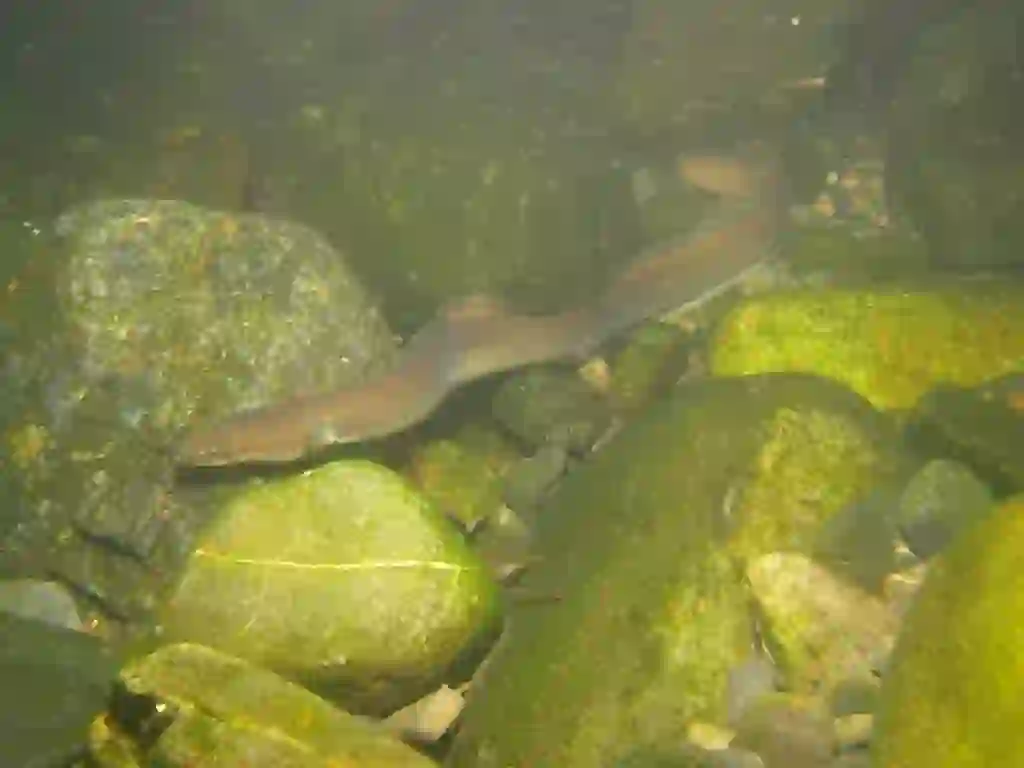
Are eels nocturnal?
Eels hide under rocks during the day and become active at night when in rivers. Similarly, in the sea, they stay at depths of 600-800 meters during the day and ascend to around 200 meters at night.
Therefore, spotting eels in rivers during daytime is very rare.
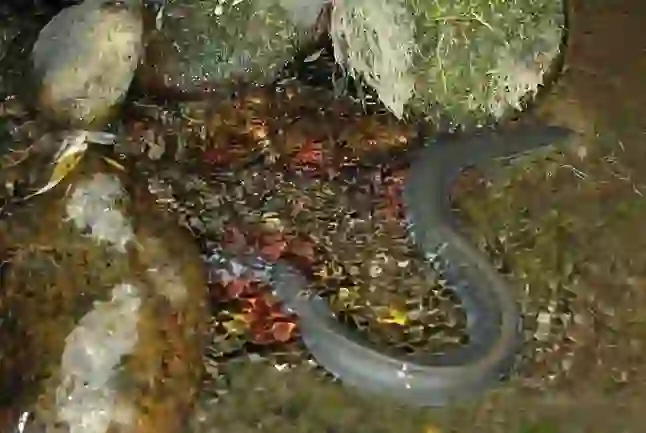
Do eels spawn all at once during the new moon?
Research from 1991 indicates that eels tend to spawn en masse around the new moon, when the night is darkest.
This timing likely advantages the dispersal and fertilization of eggs and reduces predation risk, as the dark conditions of a new moon night provide cover. Moreover, new moons correspond with spring tides, enhancing egg dispersal through strong tidal flows.
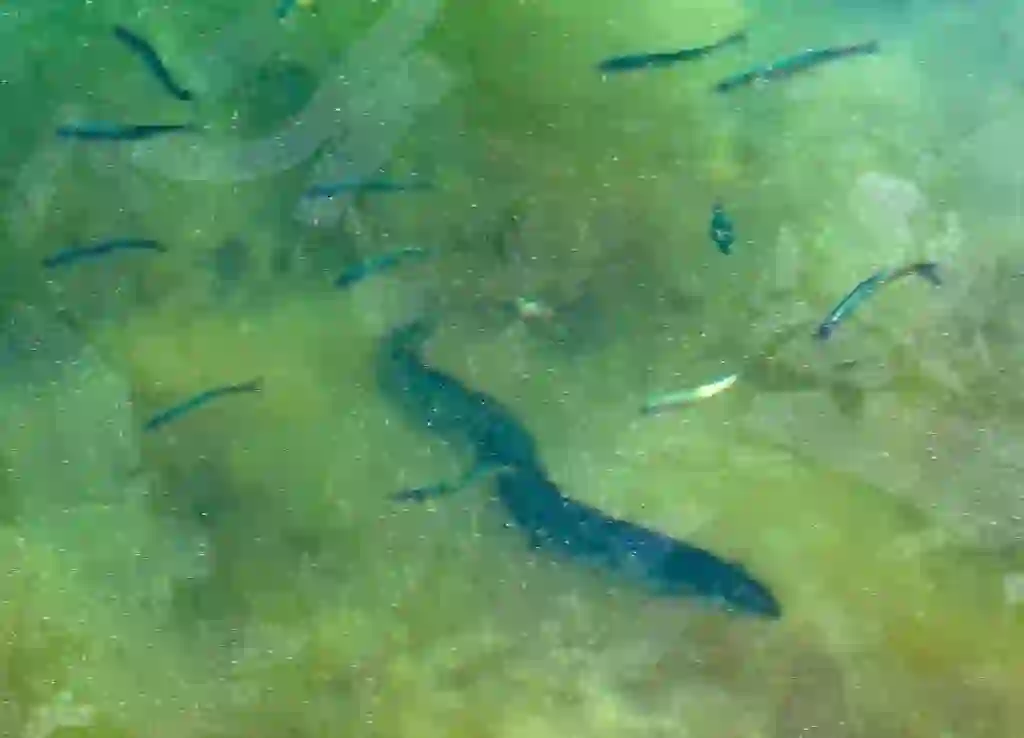
Do baby eels eat?
Newly hatched eel larvae survive on the yolk within their bodies for about a week before they start feeding.
They then consume plankton and other nutrients at a depth of about 100 meters, where sunlight enables a rich aquatic environment.
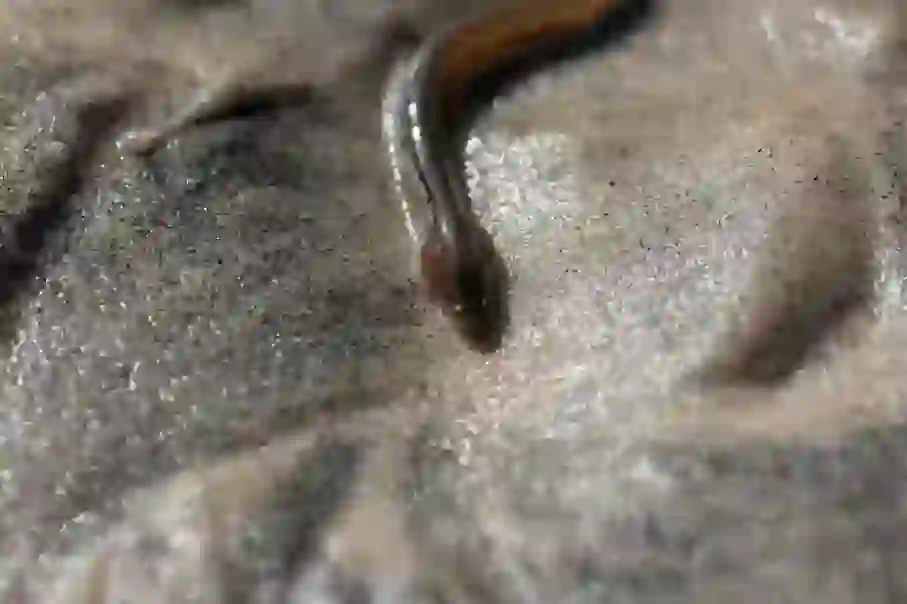
Are there eels that live in the sea permanently?
Some eels never ascend rivers and live permanently in estuarine or coastal marine environments.
These eels can survive in both saltwater and freshwater, and it's possible to catch eels in the sea. However, the exact proportion of eels that live this lifestyle remains a mystery.
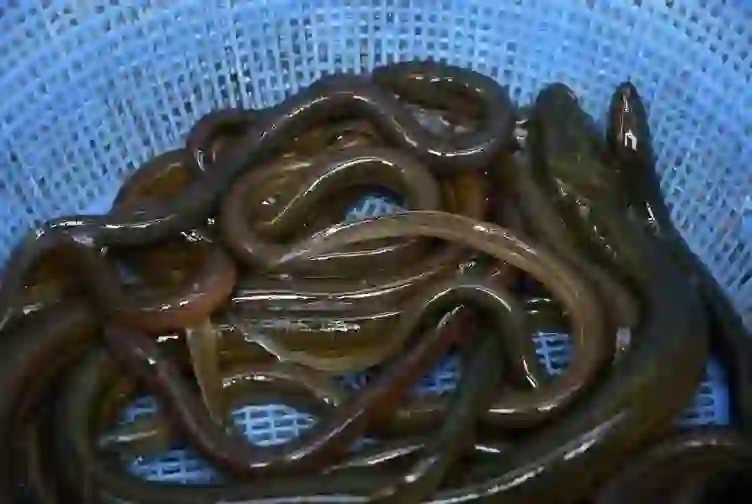
Are eels sensitive to smell?
Eels have a highly developed sense of smell, facilitated by olfactory plates in their noses arranged in two rows, which are exceptionally sensitive to odors in the water.
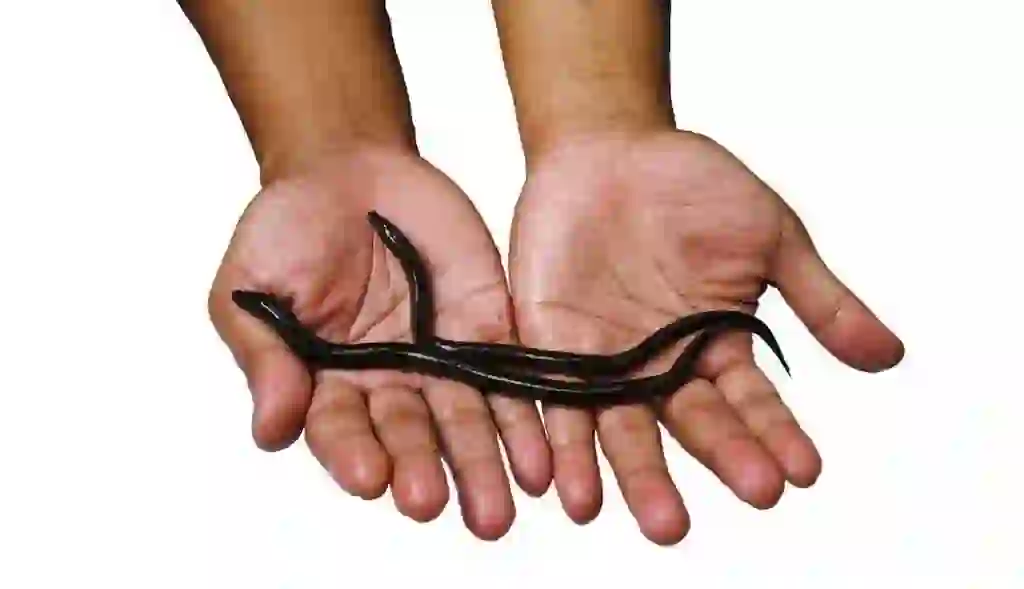
Can eels breathe through their skin?
Unlike most fish, eels can survive out of water for an extended period due to their ability to absorb oxygen through their skin, covered in a slimy mucous that facilitates this process.

Are eels an endangered species?
The Japanese eel was listed as an endangered species by the IUCN Red List in 2014. Despite this, there are no direct restrictions on consuming eels, which are predominantly farmed from captured juvenile eels.
Ensuring the survival of eels requires habitat conservation and perhaps reducing consumption.

Why are eels considered luxurious?
Eels are viewed as a luxury due to their rarity. Overfishing of juvenile eels and pollution reducing habitable areas are among the reasons for their scarcity, making them expensive.

Would you like to become a part of the 'Animalbook.jp'?
Turn your knowledge into Q&A and share it with the world. ※Publication will be activated after purchase. Let's share information together!
Eel Type of List
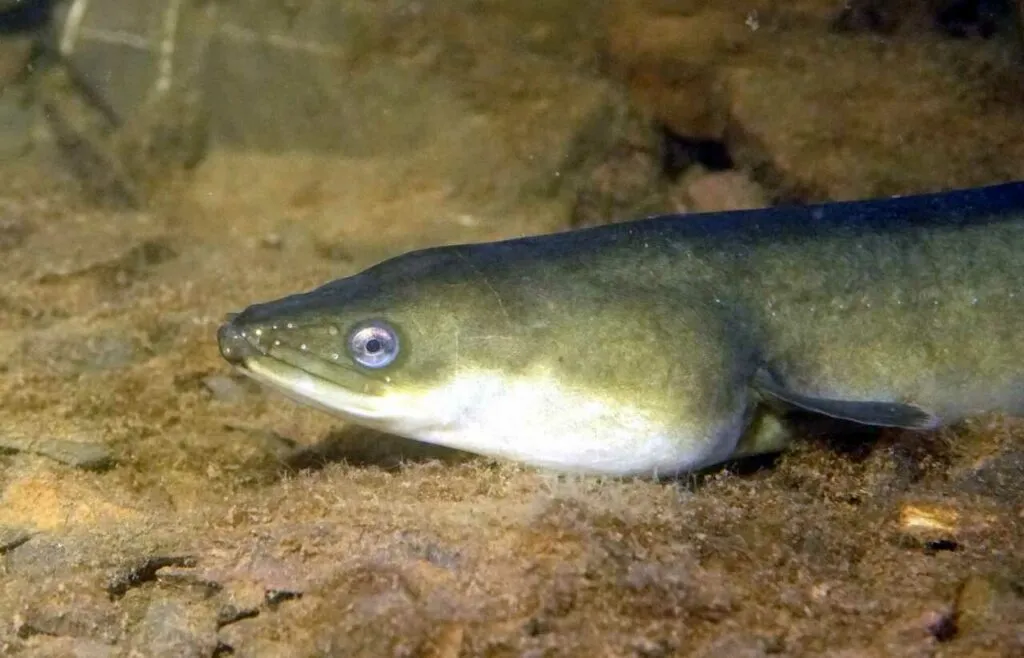
- Japanese Eel
- European Eel
- American Eel
- Shortfin Eel
- Australian Longfin Eel
- Giant Mottled Eel, etc.
Information
Congratulations! You are the first commenter!

Create Your Favorite List!
Eel
Save the animals you love! Build your own list to quickly revisit your favorites later.

Would you like to leave a comment?
※Please note: This is for the purchase of rights to post comments within the article.
Find Your Favorites!
Our shop offers a unique and attractive selection of goods themed around various animals.
Eel References
Eel Introduction of media used

出典:https://commons.wikimedia.org/wiki/File:Kopfansicht.jpg

出典:https://pixabay.com/images/id-563945/

出典:https://commons.wikimedia.org/wiki/File:ニホンウナギ(屋久島).jpg

出典:https://pixabay.com/images/id-3681910/

出典:https://pixabay.com/images/id-563941/

出典:https://pixabay.com/images/id-563940/

出典:https://pixabay.com/images/id-563946/

Help Enrich Our Animalbook.jp with Your Media!
We are constantly looking to expand and enrich our Animalbook.jp with amazing photos and videos of animals. If you have any media that you'd like to share, please contribute and help us showcase the beauty and diversity of the animal kingdom. Your submissions will be credited and featured in our encyclopedia, reaching a wide audience of animal lovers.


















